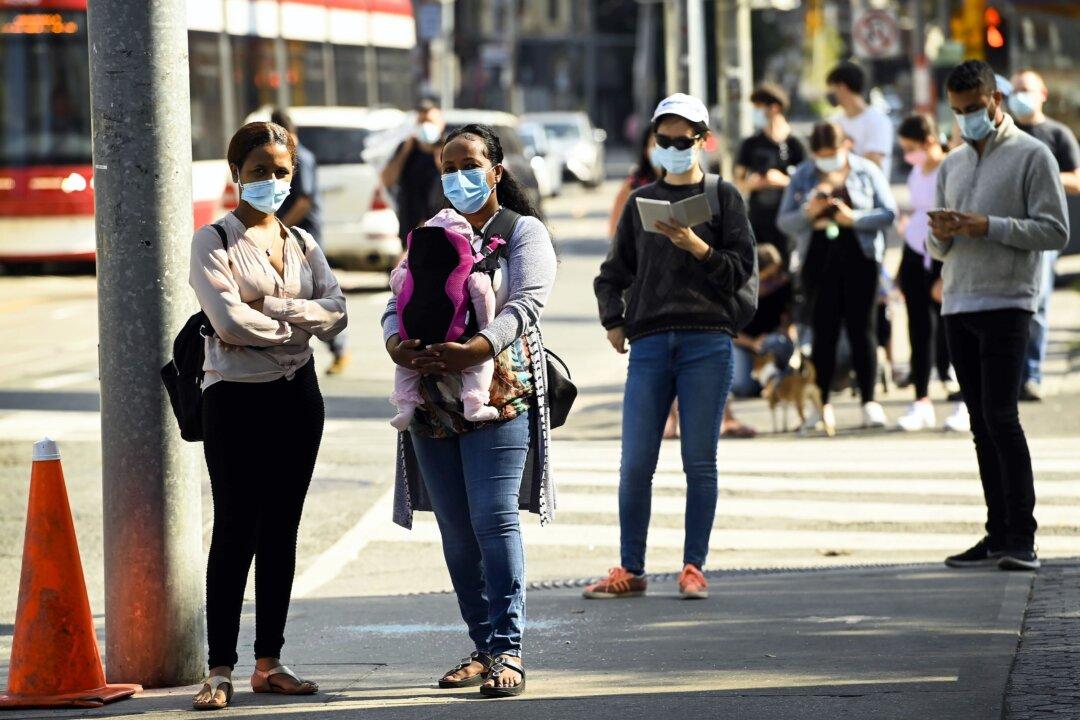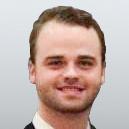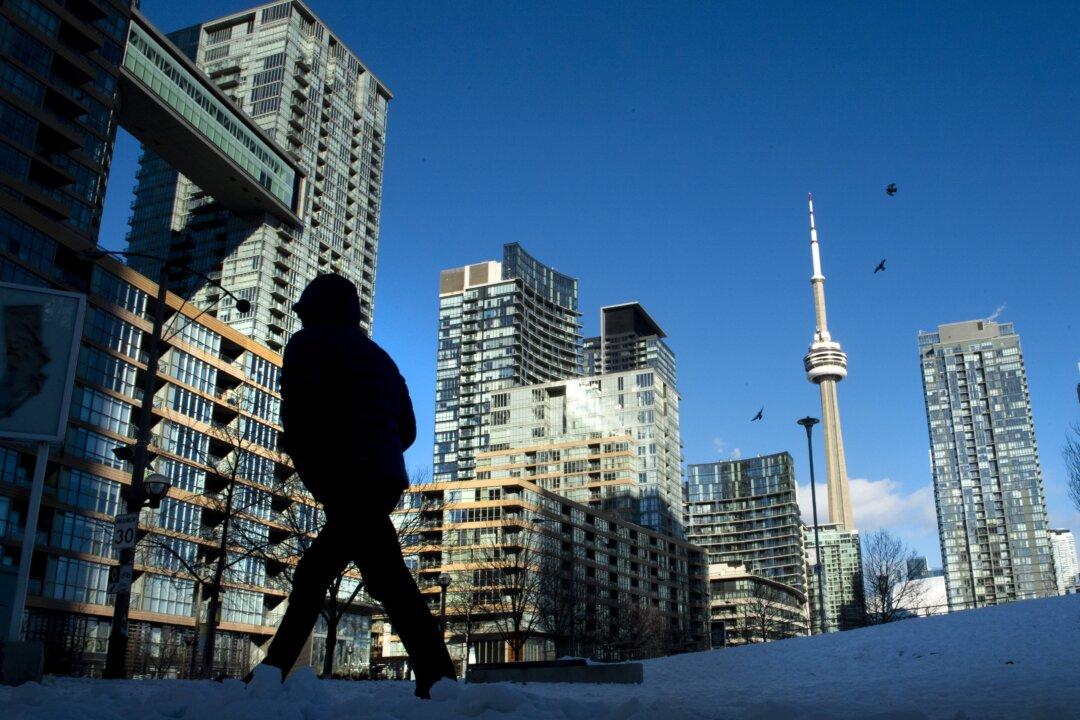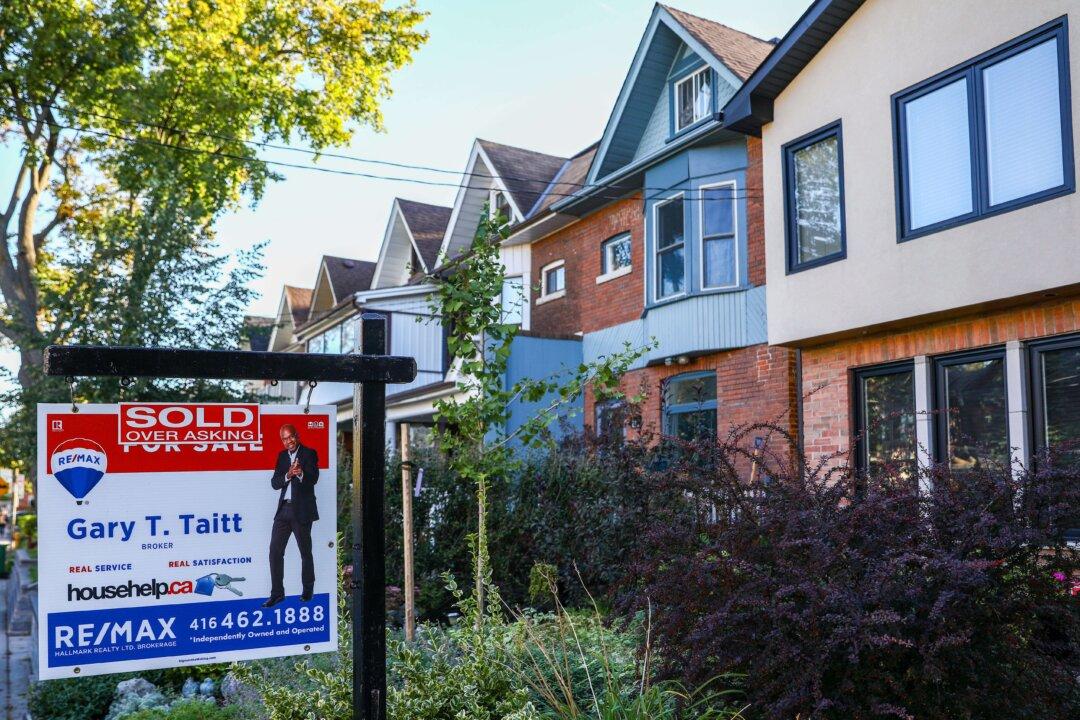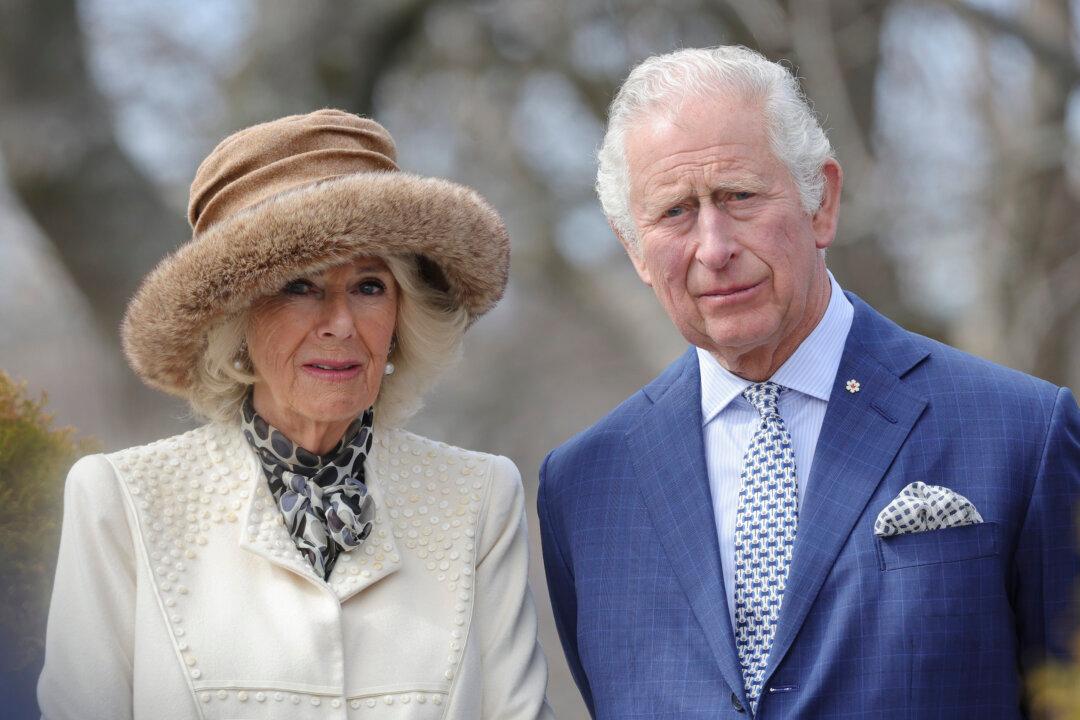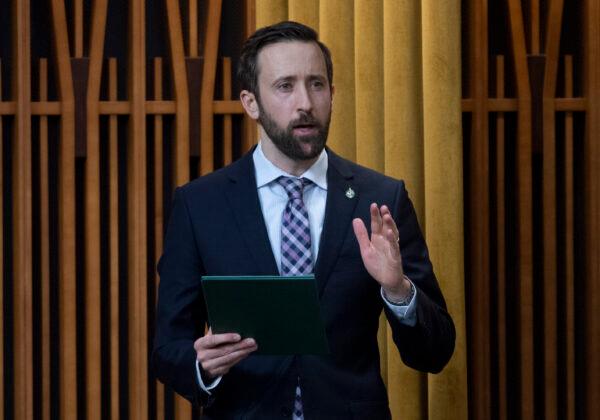Hours-long lineups at COVID-19 testing centres in many areas of the country has become a top concern as cases have begun rising in what health authorities fear could be the start of a potential second wave.
Long lineups to get tested are common in many cities, and sometimes people have even been turned away after waiting for hours. Once a test is finally done, there’s also a long wait for the result.
